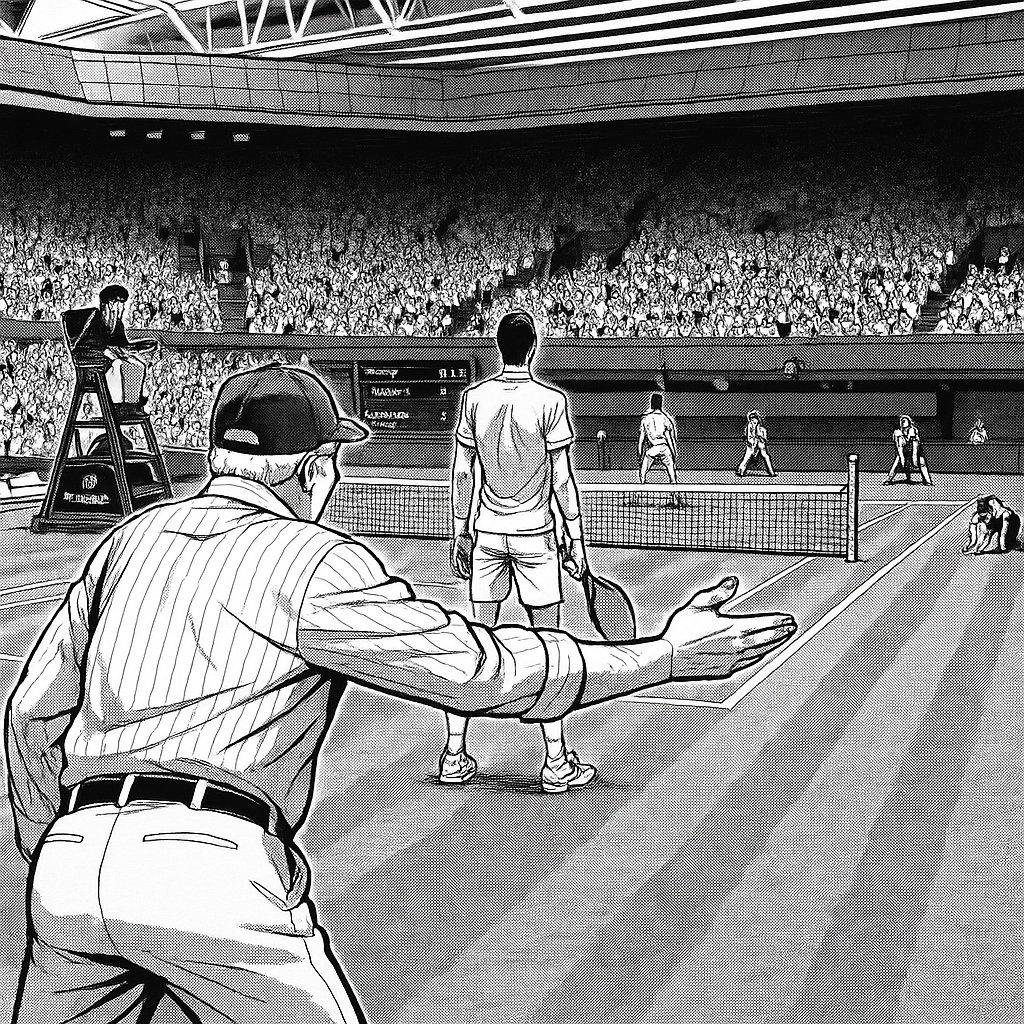LONDON — Wimbledon has ignited a fiery debate among players and fans after tournament organizers announced the controversial decision to scrap the traditional Middle Sunday rest day, a decades-long staple of the Championships. The move, set to take effect in 2025, has drawn sharp criticism from some of tennis’ biggest stars, while others argue it modernizes the sport.
The End of an Era: Middle Sunday’s Historic Significance
For over a century, Wimbledon’s Middle Sunday—dubbed "People’s Sunday"—provided a mid-tournament break, allowing players to recover and groundskeepers to tend to the grass courts. The tradition was only broken four times due to rain delays, most recently in 2016. "It’s a sacred part of Wimbledon’s identity," said seven-time champion Roger Federer in a recent interview. "Losing it feels like losing a piece of history."
The All England Club defended the decision, citing scheduling improvements and fan accessibility. Tournament director Jamie Baker stated, "Extending play to 14 consecutive days ensures more matches on outer courts and reduces backlog. This change aligns Wimbledon with other Grand Slams, which already operate without a mid-event break." However, critics argue the move prioritizes revenue over player welfare.
Player Reactions: Divided Opinions
Reigning champion Carlos Alcaraz voiced support, calling the change "a step forward for tennis, giving fans more action and players more flexibility." Meanwhile, two-time winner Andy Murray slammed the decision, tweeting, "Middle Sunday was unique to Wimbledon. Not everything needs to be ‘modernized.’"
Other concerns include:
- Increased injury risks due to fewer recovery days
- Loss of tradition and tournament charm
- Potential strain on groundstaff maintaining courts without a break
Grass-Court Specialists Hit Hardest
Players like Nick Kyrgios, known for their aggressive grass-court play, warned of physical tolls. "Grass is brutal on the body," Kyrgios said. "Removing the rest day is a disaster for players who rely on explosive movements. The ATP and WTA need to step in." Sports scientists echoed this, noting grass’s higher injury rates compared to clay or hard courts.
Fan Backlash and Scheduling Conflicts
Many fans took to social media, with #SaveMiddleSunday trending globally. Longtime attendee Margaret Hodge told The Telegraph, "People’s Sunday was magical—affordable tickets, a relaxed vibe. Now it’s just another corporate day." Others worry about clashes with the British Grand Prix, often held the same weekend.
Wimbledon’s leadership remains firm. Chairman Ian Hewitt emphasized, "This decision wasn’t made lightly. We’re balancing tradition with progress to ensure Wimbledon thrives for future generations." The 2025 schedule will feature earlier start times and expanded night sessions under the roof.
What’s Next for The Championships?
With the ATP and WTA yet to formally respond, player unions may push back. Legal analyst Mark Stephens suggested, "If injuries spike, we could see lawsuits under duty-of-care clauses in Grand Slam agreements." Meanwhile, traditionalists hope for a last-minute reversal, though insiders confirm the plans are finalized.
As the dust settles, one thing is clear: Wimbledon’s identity is evolving. Whether this change enhances the sport or erodes its heritage remains to be seen. For now, the debate rages on—both on Centre Court and beyond.

